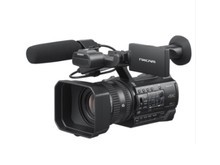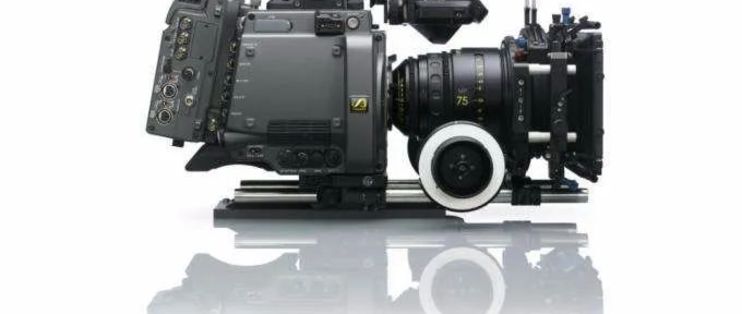How does the Camera Work?
A camera is a device for converting light to electricity. It has three parts. Optical system, photoelectric conversion system and circuit system. Optical system mainly refers to the lens. The photoelectric conversion system mainly refers to the camera tube or solid - state camera device. Circuit system refers to the video processing circuit. It makes use of the principle of three primary colors. It uses the optical system at first. The light image of the color subject is decomposed into red, green and blue three primary color light images. Then the camera device converse optical signal to electrical signal. And then signal processing. Finally, code it into a color full TV signal.
Most home digital cameras combine the video recording part and the video recording part into one. That is, an all-in-one camera. Its internal basic structure has three parts. Photoelectric conversion camera part, digital processing part, digital storage video part.
The main component of optical system is optical lens. It is composed of a system of lenses. The lens system consists of many different lenses with concave and convex plates. The middle part of the convex lens is thicker than the edge part. The light passing through the edge part of the lens will have more refraction than the light passing through the center part. When the object is refracted by the optical system lens, it will form a "focus" on the image surface of the camera tube or solid camera device of the photoelectric conversion system. There are photosensitive elements in the photoelectric conversion system. This original will be processed further. The transformation of an optical image out of focus into electrical signals carrying an electric charge. The effect of these electrical signals is weak. The circuit system must further amplify it to form a signal that meets specific technical requirements. Output from the camera.
The optical system is the eye of a camera. It is closely related to operational skills. The photoelectric conversion system is the core of the camera. A camera tube or solid-state camera device acts as the "heart" of the camera.

The camera system converts the optical image of the subject into corresponding electrical signals. The recording source is formed. The video recording system converts the electrical signal sent from the signal source into a magnetic signal through the electromagnetic conversion system. It then records it on videotape. Recording system of the camera can replay the recorded signal. Operate the relevant keys. This turns the magnetic signals on the tape into electrical signals. Amplify and send to the television screen for imaging.
We can talk about energy conversion. The camera works by a conversion. It processes from light to electricity, then from magnetism to electricity and then to light.

The camera collects the light signal through the sensor. Turns the light signal into digital signal. Finally, we code to render the image. The terminal projects continuous image. This is the picture we see. That's how most cameras (including RED/ARRI/SONY) work. Further, there are different ways of working such as RAW/RGB coding.